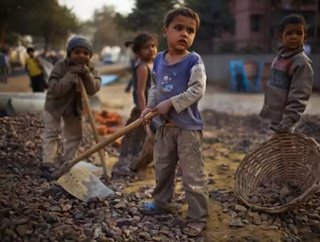Exploiting Children in the Supply Chain

Supply Chain Management, or mismanagement we should say, continues to be a sizzling topic for companies in today’s ever-advancing views on sustainability and social responsibility. Gone are the days when organizations could ignore how their products were being made, packaged, transported, and delivered to the public. With increased findings of child labor feeding the supply chain, consumers are starting to discover the dark side of owning their favorite products.
Companies have been in a dead heat for centuries to get their products out quickly, efficiently, and with only profitability in mind. Child labor continues to be a cheaper way to deliver products into the marketplace, but what happens when consumers find out and start boycotting products?
SEE RELATED STORIES FROM THE WDM CONTENT NETWORK:
The Coming Supply Chain Renaissance
GS1 Guidelines: Supporting Utopia Through the Supply Chain
As supply chain children continue to be in the public spotlight, buyers don’t want to associate themselves with goods and services that have been created in such treacherous conditions. With exposure to dangerous chemicals, forced to handle heavy machinery and tools, and often sustaining mental and physical abuse, these children are in constant danger to deliver products to the public.
Though companies like Nike, Nestle, and most recently, Apple have come under fire for their supply chain mismanagement, customers demanding a change in the way these companies do business has resulted in stricter child labor laws, and alliances with the Fair Labor Association.
By employing social responsibility in the supply chain, these companies are sure to attract and retain more customers. People are more environmentally and socially aware than ever before and the trend of companies adhering to more responsible supply chain practices can only help the business, the consumers, and, most importantly, the children who are being exploited.
- The Home Depot is Enhancing CX thanks to Google CloudTechnology
- Top 10: Women in Supply Chain and Procurement in APACProcurement
- Dumarey Streamlines Suppliers with BearingPoint and JAGGAERSupplier Relationship Management (SRM)
- Explained: What is the SBTi’s Land Transport Guidance?Sustainability






